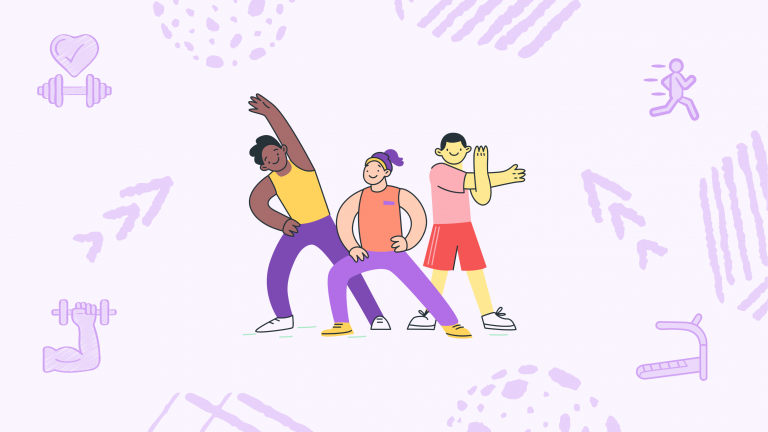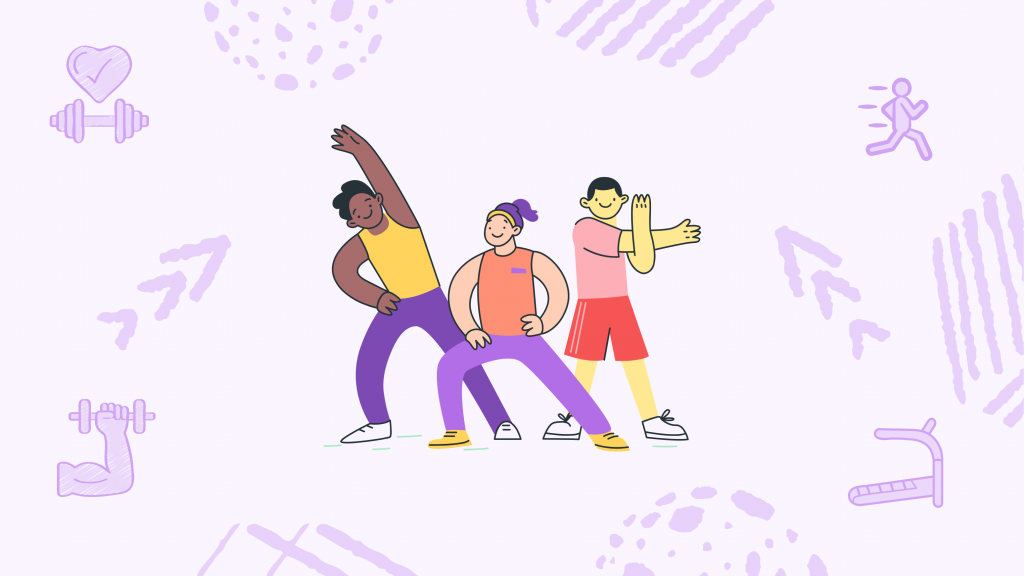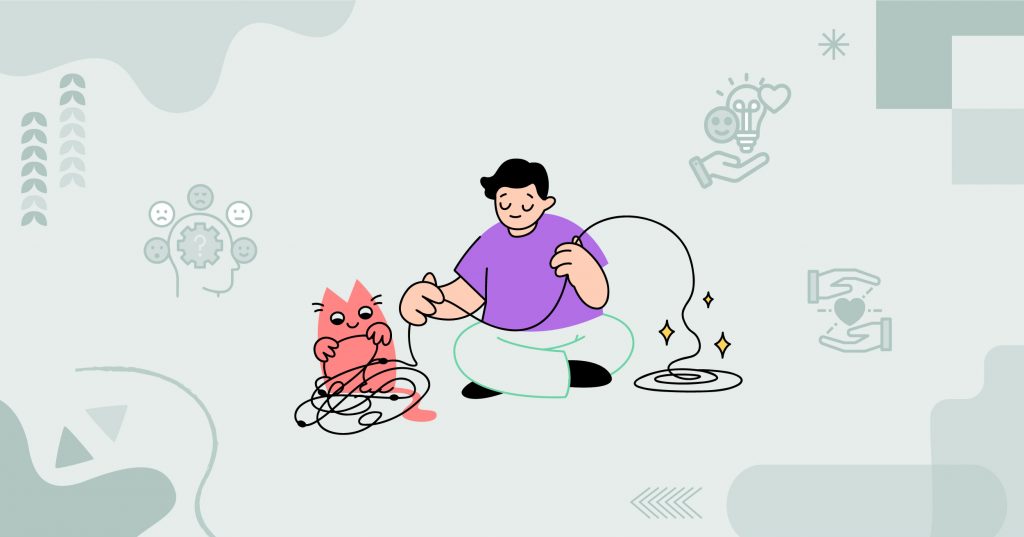Confronting the Couch Culture
Navigating the hustle and bustle of modern life, squeezing in exercise can seem like tackling a Herculean feat, right? We’re glued to our desks and screens more than ever, and it feels like our chairs have become our second skin.
This sedentary lifestyle, or what I like to call “couch culture,” is something many of us grapple with daily. It’s funny how the tech that’s supposed to make life easier can also be what keeps us pinned down in one spot, juggling work and family commitments, with little time left to think about hitting the gym or going for a run.
But here’s the kicker—it’s not just the clock ticking away that’s the problem. It’s about shaking off that comfy inertia that a couch-bound life lulls us into. We’re talking about that ‘I’ll do it tomorrow’ vibe that sticks around way too long.
The real game is about finding that spark to get moving and waving goodbye to the sedentary slump. So, yeah, the struggle is real, but it’s not just about scrambling for time; it’s about breaking free from the cozy chains of our modern lifestyle.
Understanding the Drive to Move
Physically, our bodies are designed to move, and inactivity goes against this natural inclination. On a neurological and neurochemical level, being active releases endorphins and dopamine, chemicals in the brain that boost mood and motivation. When we remain sedentary, we miss out on these positive effects, often leading to feelings of lethargy and discontent.
Additionally, regular physical activity stimulates neurogenesis (the creation of new brain cells), improves cognitive function, and reduces stress and anxiety, highlighting the integral role of movement in not only physical but also mental well-being.
Steps to Making Movement a Habit
Incorporating physical activity into daily life doesn’t have to mean long hours at the gym. It’s about finding creative ways to blend movement into your existing routine:
- Active Commuting: Consider walking, cycling, or even skating to work or the store. If that’s not feasible, parking further away or getting off public transport a few stops early can increase your daily step count.
- Workplace Workouts: Take short active breaks during the day to stretch or do quick exercises like squats or wall push-ups. Utilize a standing desk if possible, or propose walking meetings.
- Household Hustle: Turn chores into mini-workouts. For instance, put on some music and dance while vacuuming, or see how quickly you can tidy up to elevate your heart rate.
- Social Steps: Instead of sedentary catch-ups over coffee or meals, propose active meetups like hiking, biking, or a sports game with friends or family.
- Tech to the Rescue: Use fitness apps or smartwatches to set daily activity goals and reminders to move. These tools can track your progress and keep you motivated.
Subscribe to newsletter
Get your Gut Health Starter Guide right now.
Elevate your Tuesdays with practical, science-backed wisdom propelling you forward on your gut health journey.

Real-Life Wins Through Everyday Activity
Jenny, a dedicated software developer, found herself ensnared in the typical 9-to-5 grind, with most of her day spent seated in front of a computer screen. The sedentary nature of her job left her feeling sluggish and tired, with little energy to enjoy life after work. Realizing the need for a change, Jenny decided to rethink her daily routine and look for opportunities to integrate more physical activity into her life.
“At first, the thought of fitting exercise into my busy schedule seemed daunting,” Jenny confesses. “But I decided to start small by biking to work. I was surprised at how refreshing the morning air felt and how alive I began to feel with each pedal stroke. Then, I began using part of my lunch break for brisk walks. These changes seemed minor at first, but soon I noticed significant improvements.”
Jenny noticed her energy levels increasing and her sleep becoming more restful. “It was astounding how these simple activities transformed not just my body, but also my mind. I became more alert, my thoughts were clearer, and I could tackle work tasks with greater focus and creativity.”
She continues, “It wasn’t just about losing weight or getting fit; it was about reclaiming my vitality and enthusiasm for life. These small steps added up to a monumental change in my well-being. I’ve learned that every moment of movement counts, and it’s possible to find joy and health in the simplest activities.”
Incorporating physical activity into our daily routine can have far-reaching effects on our health and happiness.
“Now, I see movement as an integral part of my day, essential for my physical and mental health. I encourage everyone to find those small, manageable ways to stay active. It’s not just about extending years to your life but adding life to your years,” Jenny reflects, embodying the transformative potential of embracing everyday activity.


















